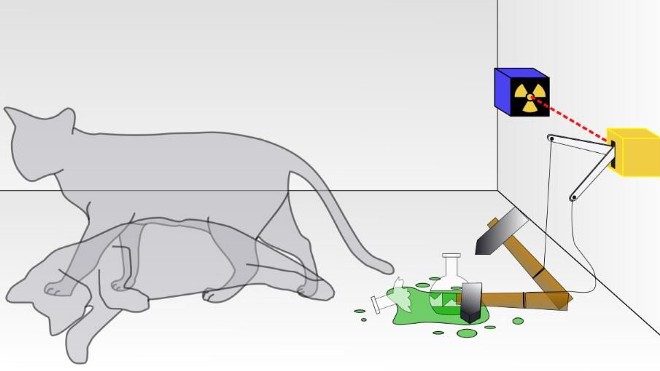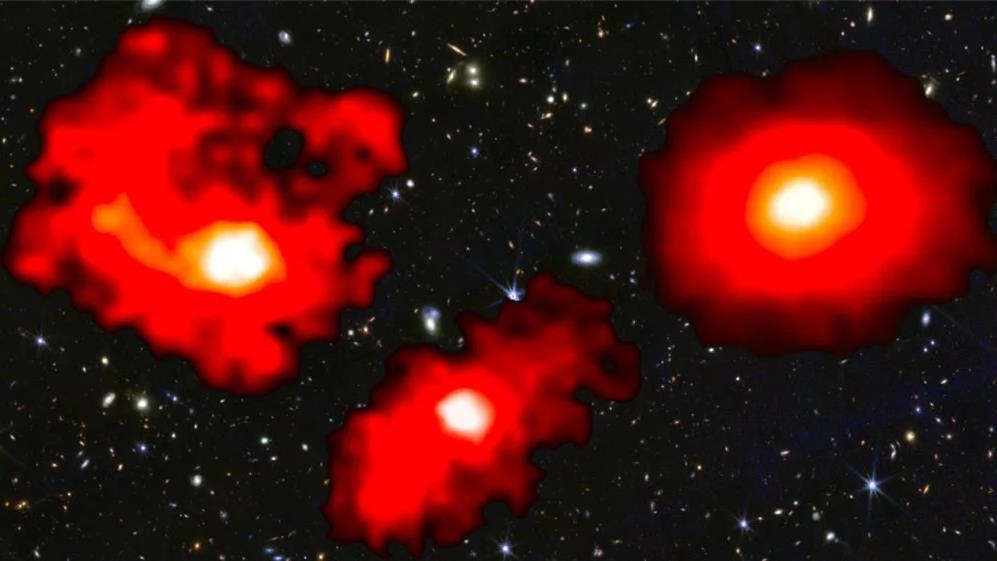Dufresne has two common approaches to dishes: familiar things in unfamiliar presentations and unfamiliar things in familiar presentations.
Question: Is there a method behind your madness when it comes to experimentation?
Wylie Dufresne: one of the things that we like to do, one of the formats that we play with a lot and I think successfully is, we will take something very familiar and serve it in an unfamiliar way. But then we will take things unfamiliar and serve them in familiar ways because I think taking something unfamiliar and serving it in an unfamiliar way is maybe... you run the risk of asking too much of people, and I don’t mean that in a derogatory way. But I still think, as a society... people are beginning to see that dining, eating can be an art form, but it’s not—it’s still not sky’s the limit, no holds barred all the time with eating as it is with other art forms like painting, sculpture. There it’s "Go wherever you want and we’ll decide there." But it’s still eating. People still... you have to eat, you don’t have to paint, you don’t have to do these other things.
And so I think there’s still a large number of people that eating is about sustenance and it’s not about a creative process or anything like that. So, that being said, we like to, I think, a very successful way of delivering food in the restaurant is something familiar like eggs benedict. We will take that apart and serve it to you in a way that does not resemble the eggs benedict of your childhood or of Sunday brunch or of whatever your particular memory of eggs benedict is, but when you eat it, you can still be transported; it's still all the flavors that, it still taps the memory of eggs benedict, but we serve it in an unfamiliar way. We break it down, we deep fry the Hollandaise, we poach an egg yolk and shape it, restructure it in another way, we do a lot of things, but when you eat it, you go" Ah, I’m still having eggs benedict." I can still—the taste is linked to memory and that usually makes—often makes for a successful dish. When you eat something and have it tap a memory, as long as that memory is positive, then you can... that’s a good for us to serve you.
But then if we take a combination of things, for instance, again, a dish that we’re going to put on the menu today is... it’s going to be veal brisket with honeydew melon, ricotta cheese, block olives, and green tomatoes. And those are flavors that probably don’t sound... they might sound disparate to some people. Why do I want olives with my melon? Why Ricotta and green tomatoes, well that doesn’t sound... to me that doesn’t sound crazy but there are elements to that dish that maybe don’t sound like they are going to go together, but we’re not going to present it in a very... We’re going to present it in a way that’s going to make it seem friendly, going to make you want to interact with it in a nice way. It’s gonna... it’s not going to be intimidating and I don’t... And again, I’m hesitant to use these words because I don’t want to challenge – sound like I’m challenging people. But I think, for instance, another dish that we do is, is we have a wall-eyed pike that we serve with mashed potatoes, yeast, zucchini, and nasturtiums. And again, mashed potatoes flavored with yeast is something that probably at first glance you’d think, they taste funky. They taste like they’re off. Because yeast has that, that funk, that yeastiness to it that is what makes beer so delicious and bread so wonderful. But it also is something that is approaching an off note.
But when you have a piece of fish with mashed potatoes and a vegetable and a sauce, then you’re using a framework that's familiar to people, but we’re delivering flavors that are a little unfamiliar, or a lot unfamiliar, but we’re presenting it in a way that is familiar. That people can sort of say, "Ah, okay, I can see my mashed potato pile, I see my fish, I see my pile of vegetables. Okay, I get it." And then as they begin to eat it, our hope is that someone would say, "Oh, wow! Yeast, that’s that never would have—I didn’t think of that." Or "Wow! Nasturtium, that’s interesting. I don’t even know what that is. And how did... what? I don’t understand how they cook this fish, but the texture is fabulous. And you know, some people don’t even notice that, but for those that do, we have found that those are successful ways of delivering food to people. Familiar things in unfamiliar ways. And unfamiliar things in familiar ways.
Recorded August 6, 2010
Interviewed by Max Miller





